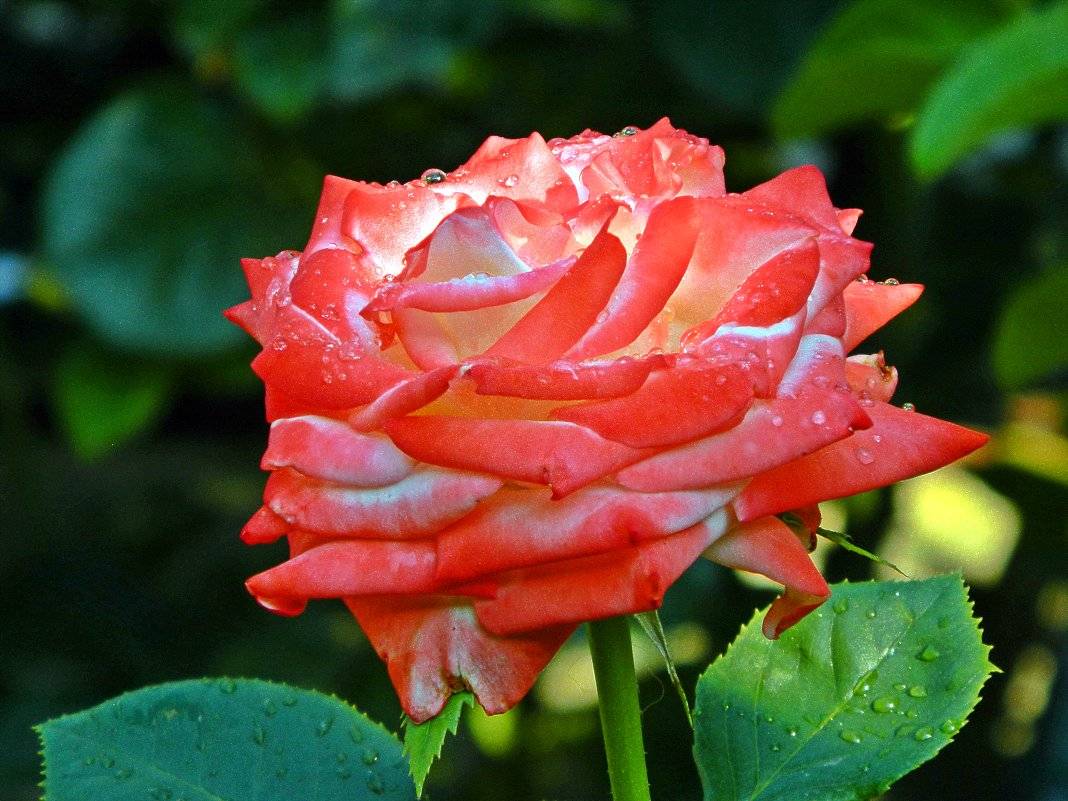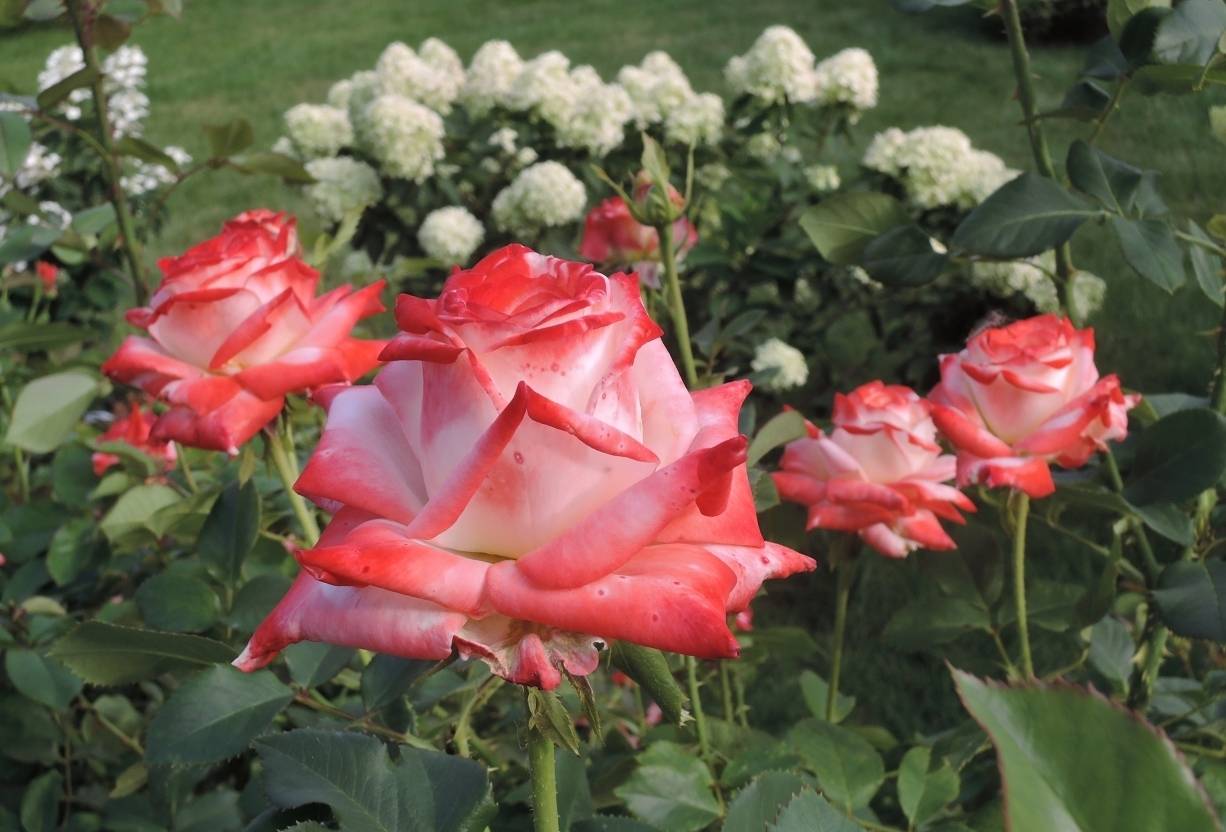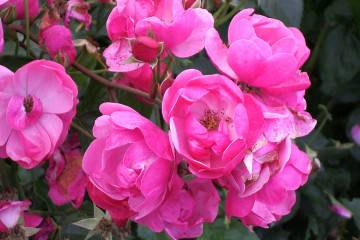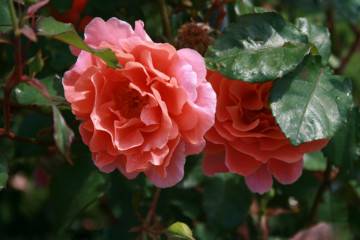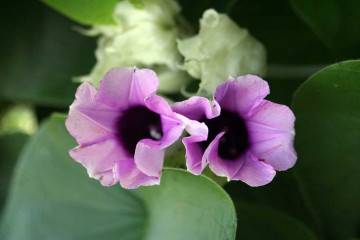Rose Empress Farah (Imperatrice Farah)
Content:
Rose Empress Farah is one of the most famous hybrid varieties of tea roses. Like other varieties of this group, the rose has a fantastic appearance, which is combined with a high immunity to various diseases. The Empress Rose is popular with both Russian gardeners and far beyond its borders.
Rose Empress Farah (Imperatrice Farah)
A hybrid tea rose Empress Farah was bred by French breeders in 1992. She owes her name to the only Iranian woman who ascended the throne - the wife of the Shah of Iran, Farah Pahlavi. She admired the beauty of roses, personally grew them and looked after them. This flower has other names adapted in different countries. The rose is often referred to as the "Rose Princess Farah", and in Russia the name "Rose Queen Farah" is often found.
Description of the variety:
- erect tall stems that can grow up to 2 m in height;
- bush width 80-120 cm;
- the number of spines is moderate;
- the bush consists of many strong shoots with a lot of leaves;
- leaves are large, glossy, light green;
- there is one flower on each stem; specimens with inflorescences of 3-5 flowers are extremely rare;
- the flower is cupped, large, up to 25 cm in diameter;
- the petals are tightly closed, white with crimson edges.
Depending on the flowering period and lighting conditions, the brightness of the crimson hue may vary. In sunny weather and towards the end of flowering, the petals turn pale, becoming almost completely white.
Advantages and disadvantages of the variety
Advantages:
- bright, unusual color of flowers;
- flowering duration;
- the rose is grown not only for decorating flower beds, but also for decorating bouquets;
- immunity to many diseases;
- long life expectancy;
- frost resistance and adaptation to any weather conditions.
There are almost no flaws in the variety. A faint, almost imperceptible aroma can be distinguished.
This variety appears not only in flower beds. It is actively used by landscape designers for landscaping parks and squares. The flower looks great both when used alone and when surrounded by other plants. Best of all, the bush is combined with light-colored roses with flat inflorescences.
Growing a flower
The flower is planted with seedlings.
Farah hybrid tea rose is planted outdoors in early May.
The landing site should be sunny, draft-free, with a low level of groundwater.
To prepare the seedlings for planting, they need to be cut, treated with a growth stimulant, put in a mixture of clay and water for 2 hours. The rose requires a slightly acidic, loose, loamy and nutritious soil.
Planting procedure step by step:
- Prepare a hole, the height and width of which will be about 50 cm.
- Put a drainage layer and mineral fertilizers at its bottom.
- Place the seedling in the center of the hole, gently spread the roots, cover with earth so that there are no empty spaces.
- Water abundantly and lay a layer of loose soil on top.
- After a few days, when the plant takes root, remove the top layer of soil.
Add a layer of mulch. Hay or straw works well for this.
Plant care
Nothing special is needed to care for Empress Farah. Following simple rules, you can achieve a long, bright, lush flowering.
- Watering rules and humidity
Rose Farah should be watered as the earthen coma dries. In hot, dry summers, watering is carried out more often. For one adult bush, 2 buckets of warm, settled water are required at a time.
- Top dressing and soil quality
Top dressing is an important part of caring for roses of this variety from the 2nd year of life. Immediately after the winter shelter is removed, you can start feeding the flowers.
Initially, only mineral fertilizers are applied. They are especially necessary during the budding period. Further, fertilizers are applied every 2-3 weeks. Mineral and organic substances alternate.
- Pruning and replanting
The main pruning is spring. All shoots that have frozen or damaged over the winter are removed to a healthy area. On healthy shoots, 4 buds are left.
At the onset of the first autumn frosts, dried flowers and shoots are completely removed, the rest are cut off by ½.
When transplanting a rose bush, the earthen lump does not separate - it is immersed in a new hole, trying not to damage the delicate roots.
Features of wintering a flower
It is possible to send a plant for wintering only when the temperature is set to -10 ° C, otherwise the Empress Farah, who is in the shelter, may begin to bloom again. And in this case, the flower will lose a lot of strength and will not be able to endure severe frosts.
The soil around the rose is covered with spruce paws, and a frame is constructed for the stem, covered with insulation and film.
Blooming rose
Rose Empress Farah blooms very beautifully throughout the warm period.
The variety is referred to as re-flowering.
- The first wave of flowering is in early June.
- The second wave ends in early October.
With the end of the flowering period, the Empress rose begins to prepare for the rest period - winter. She leaves it at the very beginning of spring.
Care during and after flowering
During flowering, the rose of this variety needs additional nutrition in the form of potash fertilizers, which contribute to better bud formation. In the fall, the feeding is reduced, then it is completely reduced. The last time the fertilizer is applied is a month before the shelter for the winter.
What if it doesn't bloom? The plant may not bloom due to the wrong choice of place, lack of fertilizer or lack of moisture. Having eliminated the cause, it will be possible to eliminate the problem itself.
Flower propagation
The rose is propagated by cuttings. For this, half-woody cuttings are selected.
Cuttings are cut during the budding period. They are cut early in the morning.
Detailed description
The central part of the shoot is cut off, on which there are 2-3 leaves. The length of the cut stem should be about 7 cm. The upper cut should be made at an angle of 90 °, the lower one - 45 °. There should be at least two buds on the handle. Cuttings are treated with root growth stimulants. They are immersed in it for a day (maybe a little less) by about 2-3 cm. Then they are rinsed with water and rooted. This is done in two ways:
- Future plants are placed in a glass of boiled water at room temperature and placed in a shaded place. The water is changed every two days.
- The cuttings are planted in a box with soil consisting of turf with compost, sprinkled on top with a layer of river sand. The shoots are watered, covered with a film, placed in partial shade. Every 2-3 days they are ventilated and moistened.After 2-3 weeks, they begin to apply mineral fertilizers to the soil.
When the roots appear on the seedlings, they can be planted in open ground.
Diseases, pests and ways to control them
Roses of this variety have an innate immunity to the main flower diseases. But it happens that it is systematically affected by rust. You can get rid of it by removing damaged areas.
Periodically, the bushes need to be sprayed with soapy water or other insecticides. Of insects, aphids like to feast on this rose. It can be rinsed off with a high pressure of water, damaged leaves can be removed, or you can purchase a special remedy for this popular pest in the store.
Rose Empress Farah can be an amazing addition to a florist's collection. Even a beginner can handle her breeding. They also love her for the fact that she retains freshness for a long time and does not fade in bouquets. Long-stemmed roses are now very popular, they are quite expensive in stores. But you can grow this beauty in your flower bed and enjoy her marvelous appearance throughout the season.
